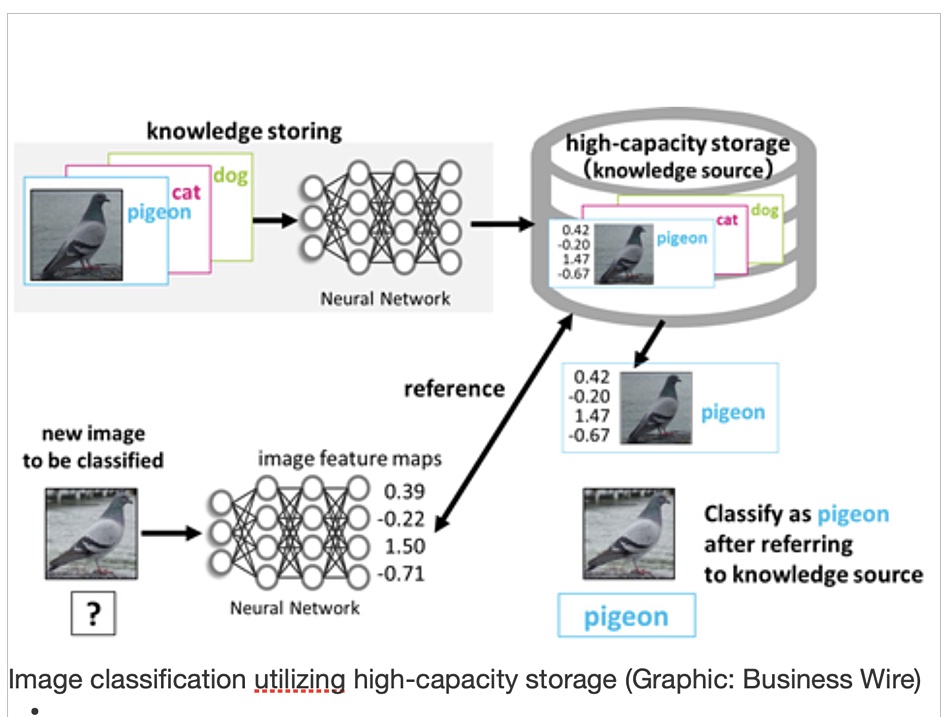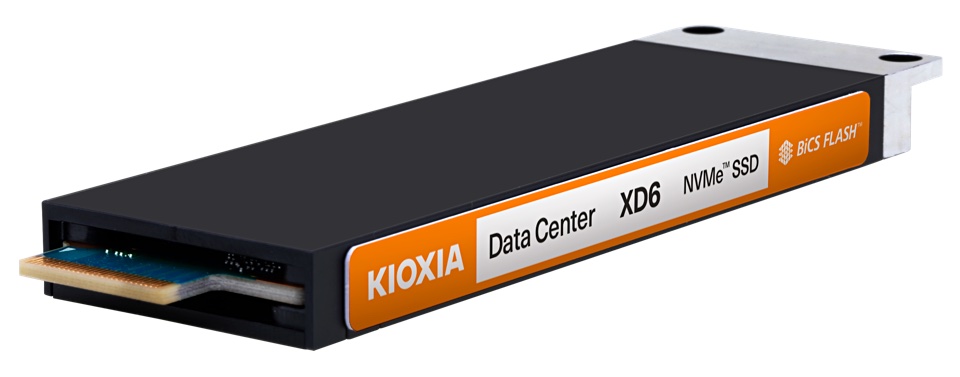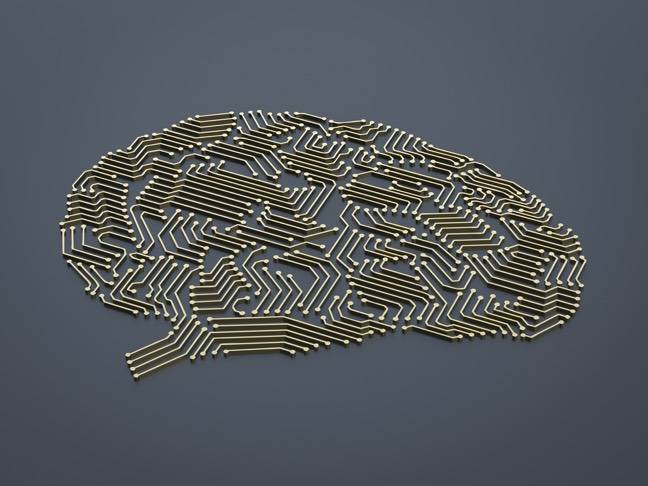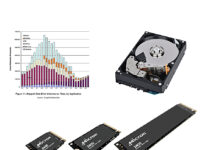Kioxia has extended the market for its SSDs by getting them qualified for Arm servers, and by devising an AI image classification method using SSD data.
It seems counterintuitive, but apparently AI models can get dumber as they learn. Kioxia says that when existing neural network models are retrained with fresh data, leading to revised parameter weights, knowledge acquired in the past can be lost, leading to deterioration of classification accuracy. It calls this “catastrophic forgetting.”
One possible fix is unpalatable: retrain the neural network from the beginning, which can require huge amounts of time and energy costs. The other fix is obvious, and conceptually simple: have the existing neural network knowledge – image data, labels and image feature maps – stored in SSDs, and refer to this when the model is being retrained with fresh data.

Using this method, knowledge can be updated by adding newly obtained image labels and feature maps to the stored data, and image classification can be maintained more accurately.
Kioxia says there are two benefits. First, by using the data referred from the storage when the neural network classifies images, the basis for the classification results can be visualized, which is expected to improve the explainability of AI and allow the selective modification of knowledge sources. Second, by analyzing the referred data, the contribution of each stored data item can be evaluated according to the frequency of references.
This technology was presented on October 25 at the oral session of the European Conference on Computer Vision 2022 (ECCV 2022) in Tel Aviv. The paper title was “Revisiting a kNN-based Image Classification System with High-capacity Storage”. More information can be found here and here.
Kioxia hopes to apply it to other neural network problems areas.
Kioxia getting Arm-powered
Kioxia and Ampere have qualified Kioxia’s CD6, CM6, and XD6 Series SSDs with platforms based on Ampere’s Arm CPU-based Altra and Altra Max Cloud Native Processors. The CD6 and CM6 SSDs have PCIe 4 interfaces and a U.3 format. The XD6 has an EDSFF E1.S format and a PCIe 4 interconnect as well.

Sean Varley, senior director of product marketing at Ampere, said: “We’ve worked with Kioxia to certify its broad offering of NVMe SSDs with our Ampere Altra family of platforms for our mutual customers, including the top hyperscale cloud customers and leading ODM/OEM server manufacturers.”
HP’s latest generation of ProLiant servers include x86-powered models and Ampere processor products as well. Other SSD manufacturers can be expected to follow Kioxia in getting their SSDs similarly qualified.








